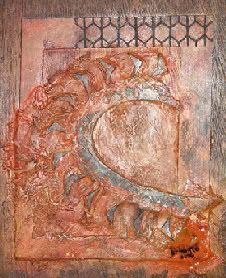
What should we do with “our” antiquities?
US museum directors wrestle with the long-term consequences of artefacts acquired without watertight provenance
By Erica Cooke. Museums, Issue 229, November 2011
Published online: 17 November 2011
One year on from the collapse of the five-year trial in Rome of Marion True, the former antiquities curator of the Getty, the directors of US museums that possess antiquities collections and the curators who are responsible for them face a multitude of challenges, one of which is the potentially negative publicity surrounding claims for the restitution of artefacts. An ordeal by trial in an Italian court is another (True was in the dock charged with conspiring to receive antiquities that had been illegally excavated and exported). In June 2010, it emerged that the public prosecutor’s office in Rome was undertaking a preliminary investigation into another American curator of antiquities, Michael Padgett from Princeton University Art Museum, along with former New York antiquities dealer Edoardo Almagià and two other co-defendants.
Although the Padgett case has gone quiet, the issue of museums’ complicity in looting, especially from Italy but increasingly from nations around the world, refuses to go away. The recent publication of Chasing Aphrodite (which focuses on decades of Getty acquisitions) reignited the debate, especially in the US. The book’s authors, Jason Felch and Ralph Frammolino, were widely quoted as saying: “For the past 40 years, museum officials [in the US] have routinely violated the spirit, if not the letter, of the Unesco treaty [designed to prevent looting], buying ancient art they knew had been illegally excavated and spirited out of source countries.”
So where does this leave museums with antiquities collections? Will curators work in a climate of fear, worried about their professional reputations or foreign prosecutions over past acquisitions? What will they do with collections, many of which contain objects without watertight provenance? At worst, some fear that antiquities collections could be sidelined, with directors and their trustees reluctant to invest in or research them.
Others, however, feel that the worst is now over, and that a new spirit of international co-operation is beginning to blossom. Perhaps in a show of confidence, the Cleveland Museum of Art reinstalled its collection of Greek and Roman art in 2010, and the Museum of Fine Arts (MFA) in Boston is renovating its ancient coin and jewellery galleries, says its director, Malcolm Rogers.

















































































































































































